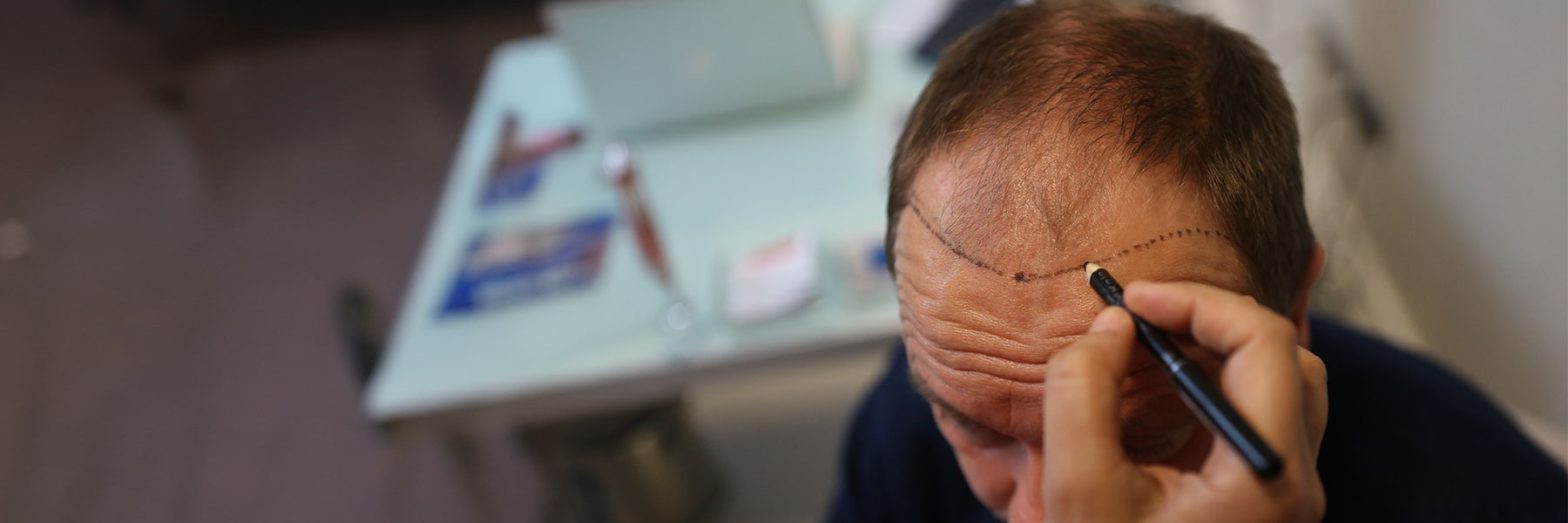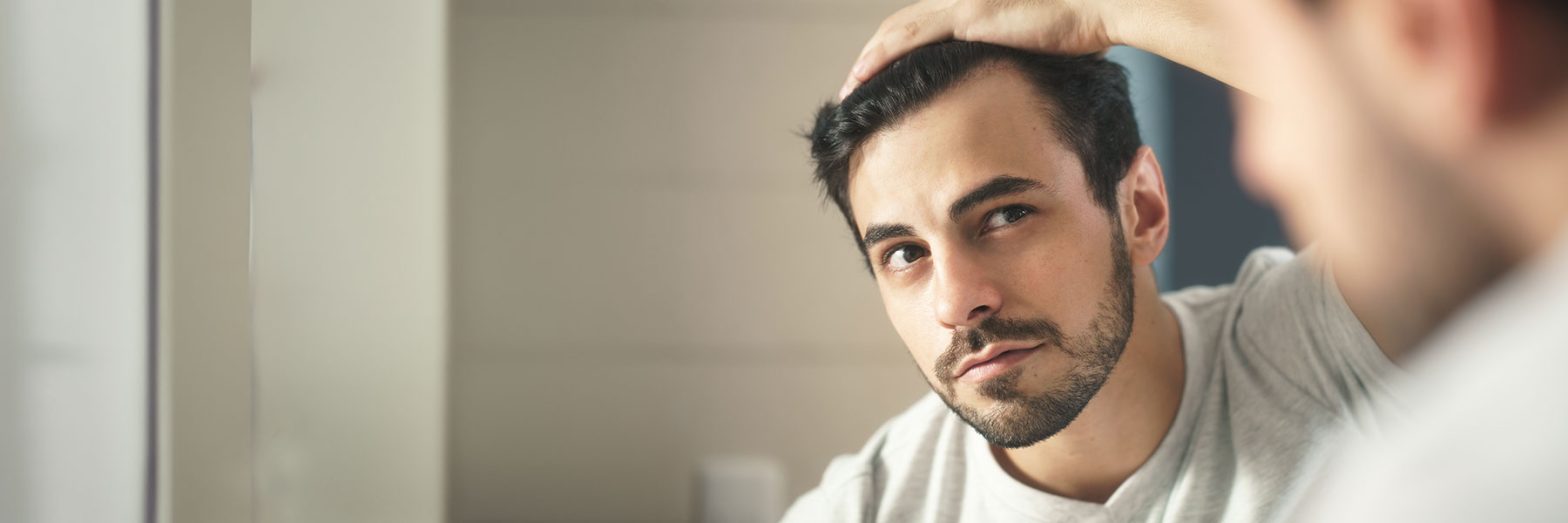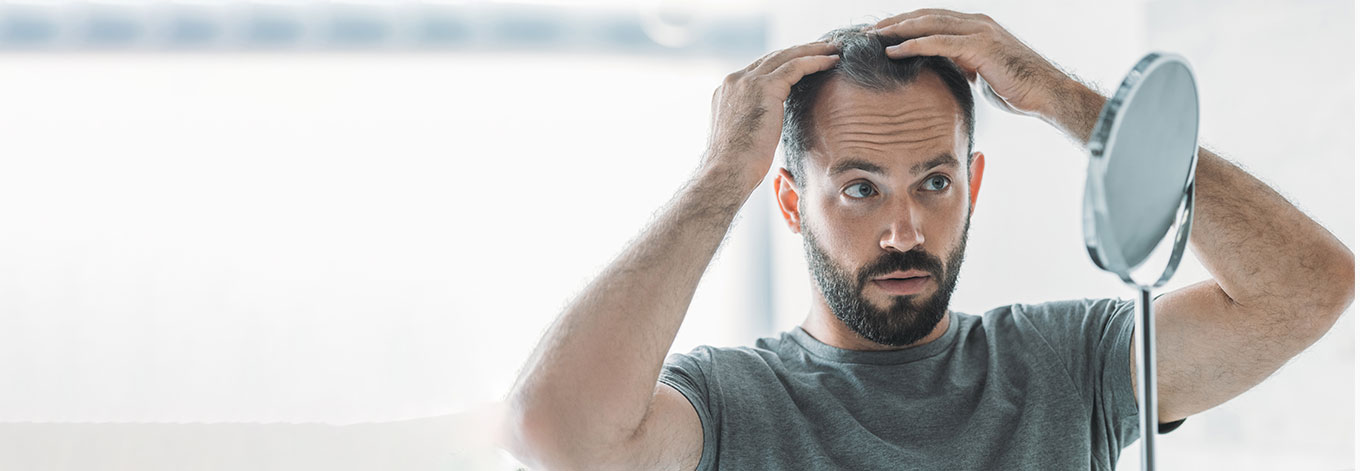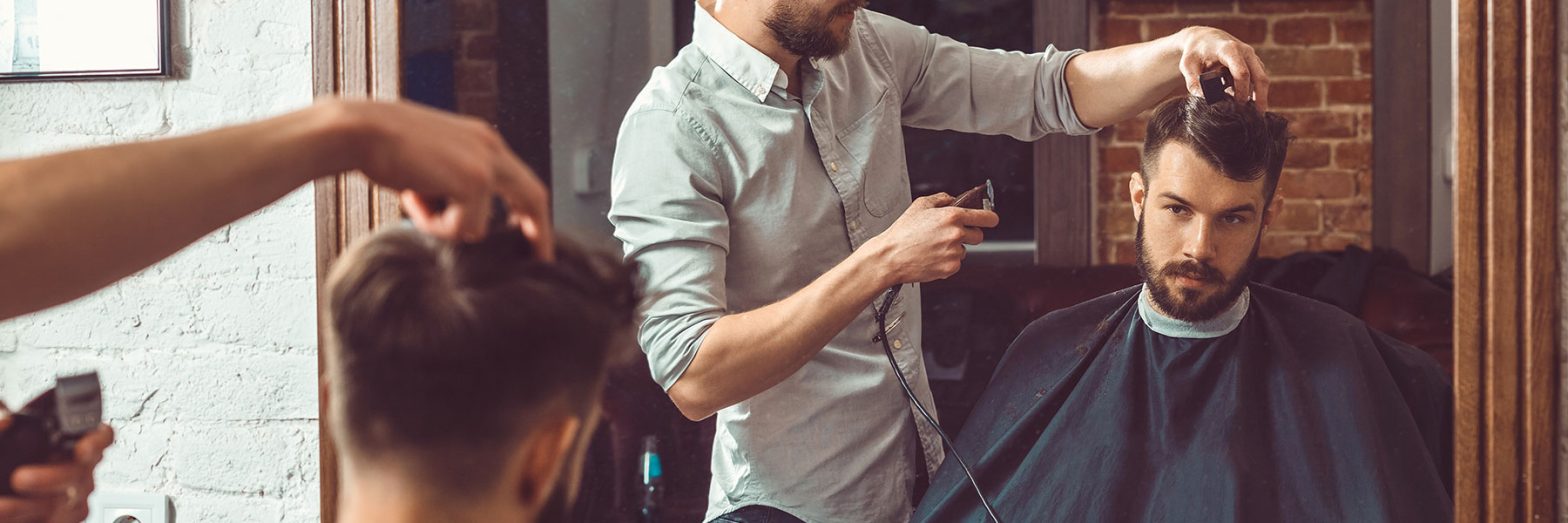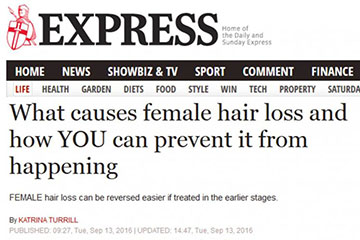
What causes female hair loss and how YOU can prevent it from happening
HAIR LOSS & HAIR TRANSPLANTS
Express
Whilst it’s more common amongst men, hair loss and hair thinning is also something that can affect many women up and down the country.
Actress and television presenter Nadia Sawalha revealed this week she had been diagnosed with the balding gene.
It’s natural for women to lose around 100 hairs per day, but some females may experience bigger losses of hair.
Dr Hair Transplant Surgeon at The Private Clinic of Harley Street, has explained when women should be concerned about their hair loss and what they can do to avoid it from happening.
Dr’s first tip is to speak to a specialist doctor about what could be causing the hair loss, if you feel you’re losing more than the daily amount.
She said: “The sooner you seek the advice of an expert the better, as hair loss can be reversed easier in initial stages.
“The majority of women will tend to notice hair loss in their 50’s and 60’s (mainly due to hormonal changes) but it can occur at any age for various reasons.
“Unlike baldness in men, hair loss in women aside from the natural thinning which occurs after the menopause is almost always caused by an underlying medical condition and most of the times with the correct treatment can be reversed.”
Hair loss or hair thinning can be a symptom of a thyroid disorder (which can affect the hair growth cycle), Polycystic Ovarian Syndrome (as the body is producing more male hormones-androgen), some medications (such as anticoagulants, pills of arthritis/high blood pressure/antidepressants etc.), crash diets (which can result in a lack of essential minerals and vitamins in the diet), cancer treatments, anaemia, extreme stress, some autoimmune diseases such as Lupus (a skin and connective tissue disorder which causes the body’s own immunity to fight against hair growth) and pregnancy.
Dr added there are then the cases of hair loss caused by your hair style which can lead to traction alopecia.
This kind of hair loss is most commonly caused by stress being put not he hair in the form of braising or hair extensions.
If the hair loss is deemed temporary after visiting an expert of GP who can address the root cause, there are some products that can be used to boost the hair growth and thicken the hair, such as minoxidil or a laser comb.
But if there is a deeper underlying health condition, Dr said this can also be treated and the hair loss can be reversed.
She said: “There are certain products which can increase hair density, such as the application of topical minoxidil or the use of a laser comb. In case of alopecia aerate, corticosteroids can be prescribed too.
“Surgical restoration is also an option for some women. The 3G FUE hair transplant system involves taking individual hairs from somewhere on the head and replanting them in the thinning area, to restore the natural looking, fuller head of hair.
“For cases where the hair has been permanently thin a transplant is the only solution that will result in the successful re-growth of the hair.
“There are very few practitioners who specialise in the FUE hair transplant process and so anyone suffering from hair loss should pick their practitioner wisely.”
There are some preventative measures which can be followed at home to prevent or minimise hair loss, including following a balanced diet, using a neutral organic shampoo, brushing or combing the hair on a daily basis and washing massaging the hair in lukewarm water.
Dr said the type of hair you have plays no role in whether or not you will suffer from hair loss.
She added: “The only difference you may find is that hair loss maybe more noticeable on women who have straight or fine hair in comparison with women who have thick and wavy hair.
“In some cases, if the hair is dyed or bleached inappropriately or if treatments are performed too close together this can lead to hair loss.
“This will be caused by the dye stripping the hair of moisture which can result in the hair falling out from the root or breaking somewhere along the shaft. The damage of these cases is reversible.”





